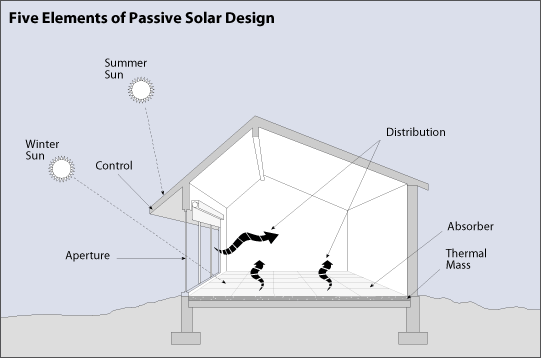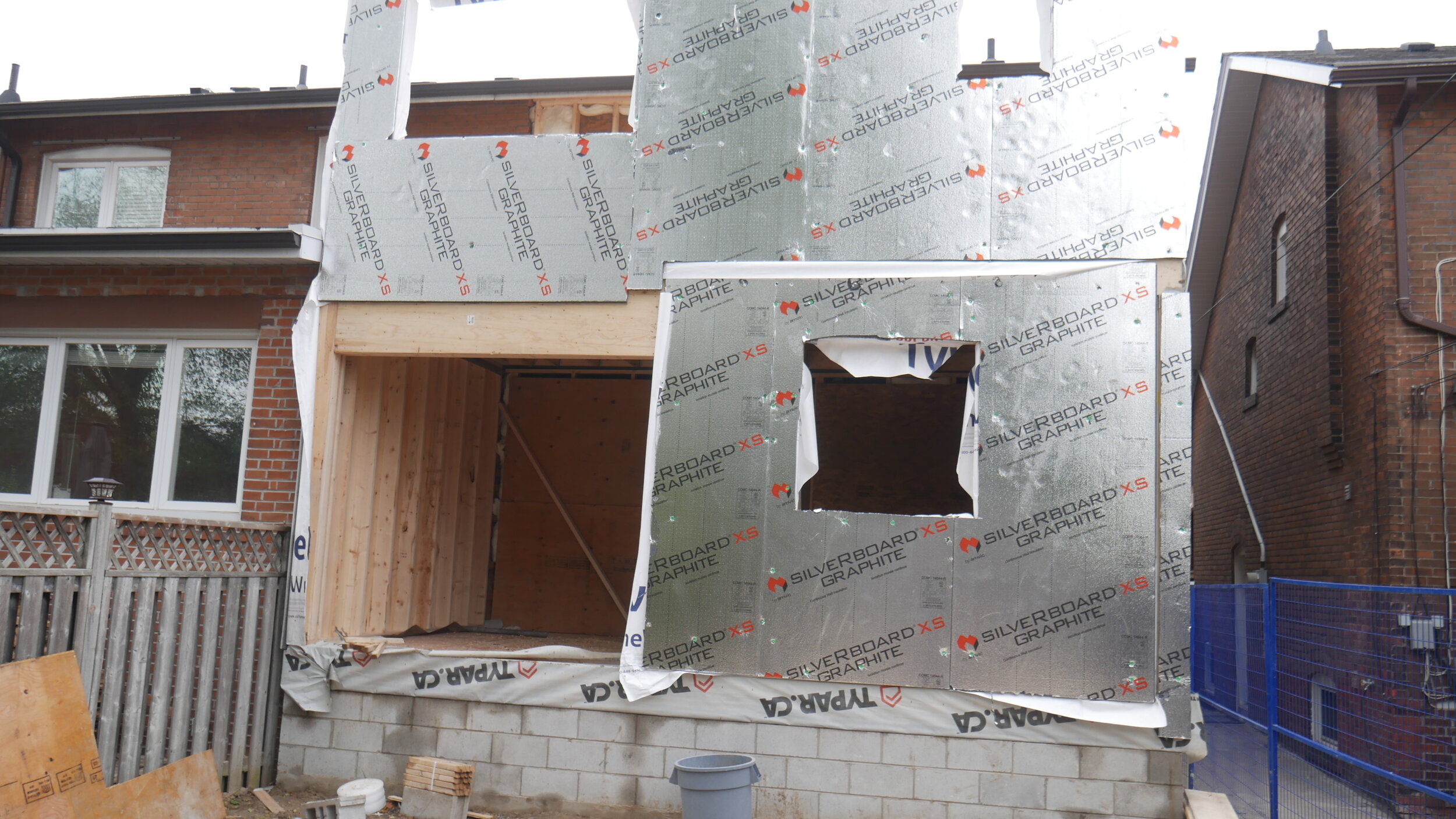The 5 Best Energy Efficiency Upgrades You Can Make When Building A New Home
From a home builder’s perspective (both with Home Additions and New Home Construction), there are certain energy efficiency upgrades that make sense AND don’t cost an arm, a leg, and your first-born. You CAN have an energy efficient home without spending way more than a home that is conventionally built (don’t let your design or architect tell you any differently). If you want advice that is completely lead by cost and value you’ve come to the right place, we have put together a list of new home building upgrades that you should include in your home to make it more energy efficient!
***Note that BVM Contracting is based in Toronto, Ontario. Some of these recommendations may not be applicable to other areas of Canada or the United States. Always consult a local building professional before incorporating any design ideas into your new home building project.***
Energy Efficiency Upgrades to consider during a New Home Build
Upgrade Idea #1: Prevent solar gain by Incorporating extra large soffits
Due to the tilt of the Earth that happens between Summer and Winter in Canada, the angle at which the sun shines down onto the earth changes. To take advantage of this scientific fact, a commonly used tactic to prevent sunlight from penetrating into the home through windows and doors (and thus causing solar gain) it to make the soffit’s of your home extra large. How large exactly? That depends on where you are in the world (i.e. how close or far to the equator) and also depends on your seasonal temperatures.
The goal of doing this is to prevent the sun from entering your home during the dog days of Summer, and allow as much of it to rush in when it is cold and chilly. If you are building your home new this is an easy and affordable way to get protection from the sun, as long as your truss and roof design incorporates it, you will really only need to pay the little bit extra to finish the soffit in aluminum or whatever material you prefer.
Example of how
Upgrade Idea #2: Installation of a Cold Climate Heat Pump
If you have not heard of cold climate heat pumps and you are in the process of finalizing your new home building HVAC system, today is your lucky day. In many areas of southern Ontario (including Toronto) we have been seeing a rise in the installation of Cold-Climate Heat Pumps (CCHP’s) which, in short, allow you to heat and cool your house by use of electricity and refrigerant. Recent advances have allowed certain heat pumps to heat down to double-digit negative degrees Celsius, which has allows more Canadian regions to make use of the system. Tack on a emergency back-up heating element and you have a completely resilient HVAC system that runs completely off electricity.
The basic operation of a heat pump is explained below, but the basic principle is that it reverses the direction that the refrigerant flows between the cooling season and warming season, which allows the system to expel heat to the outdoors during the summer (like an air conditioner) and pull heat into the house during the winter (to replace the use of a furnace).
Basic principle of Heat Pump Operation between the heating and cooling months.
The greatest thing about CCHP’s? They do not cost much more than a standard (furnace/AC set-up that you usually see in homes! For the extra bit of money you spend you can make up in a very efficient system that usually results in lower overall utility bills. As long as your electricity costs are relatively stable and inexpensive compared to natural gas/propane, the added efficiency of a heat pump may allow you to save. Especially with the increased gas costs, this upgrade makes a lot of sense for new home builds and substantial home additions/renovation projects.
Upgrade idea #3: Sprayfoam insulation and/or exterior rigid insulation for continuous thermal bridge
Depending on local building code requirements, you may already need to complete over-cladding with rigid insulation to create a “thermal break” for your building envelope. It is recommended because it provides your exterior with a better overall insulation value and will lead to an overall more comfortable home.
Example of rigid insulation for overcladding at one of our home addition projects in Toronto
If your local building codes do not require rigid insulation overcladding, we would still recommended to insulate your exterior stud cavities with sprayfoam insulation. Sprayfoam provides good R value and also provides an air-tight seal around the building envelope to make your home feel comfortable and have less drafts. combine both the overcladding and the sprayfoam and you have a very comfortable and energy efficient home!
Upgrade Idea #4: Resiliency Measure - Install a Gas Fireplace
This is less of an energy efficiency idea and more of a way to ensure that your home is more resilient with it’s energy. If you are building a new home we always recommend installing a gas fireplace with a BTU/hr output that would allow it to act as a back-up heating source in case of a power outage. No matter what HVAC system you install (furnace, heat pump, hydronic, etc.) none of them are going to work if the power goes off. The nice thing about a gas fireplace is that, as long as it has a pilot light, you will be able to flip the switch and get it to run with your natural gas or propane hook-up.
Again, less of an energy efficient upgrade, but definitely an efficient way to utilize energy when you need it most!
Upgrade idea #5: Installation of Triple Pane (or Low-E) Windows
If the home your are building has lots of windows, unobstructed views of our Solar System’s Star (i.e. the Sun), and you reside in a cold climate then it might make sense to upgrade your windows to be more energy efficient.
What homeowners do not realize is that most of the heat that is gained or lost in a home comes through windows and doors, so to reduce the amount of heat gained or lost you can invest in high quality windows that will reduce solar gain and have a better insulation rating. Low-e windows do just that and will save you some money in the long run. You are already buying windows for your home build, you might as well buy the most energy efficient ones you can afford!
Conclusion
Although there are many ways you can incorporate energy efficiency into a home, the best advice we can give you is to get a knowledgeable and local home builder in your area involved as soon as you can. They will help give you timely feedback during the design phase to help you hone in on which upgrades are worth it and which ones aren’t. The pre-construction phase is so important but is often an under-utilized time for home owners to get feedback about their design from a building cost perspective.
If you are looking to complete a home build or home addition in Toronto and the surrounding area, we may be able to help you through the pre-construction process to make sure you are spending your money wisely and getting the best value possible! Reach out to us today to start the conversation!
About BVM COntracting
BVM Contracting is a full-service General Contractor or Home Builder located in Toronto. We provide home renovation and building services for major home renovations (kitchen renovations, bathroom renovations, basement renovations, full interior renovations, home additions, lot severances, and new home construction). Our goal is to help guide our clients through the process of renovating their home, from concept to completion.
Further than providing General Contracting and Project Management for major home renovations, we also offer value-added services such as renovation financing, renovation rebate consultations and services, building permit and design services, smart home installation services, and real estate investor services.
To learn more about our offering by visiting our services page.



